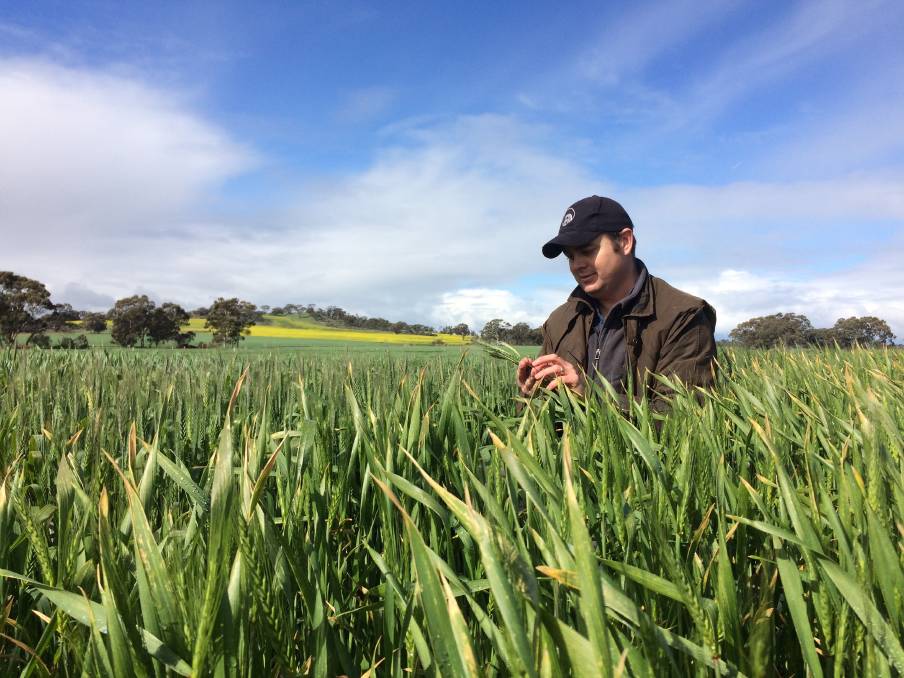Frost Management & Grain Growers: Tips for a Successful Harvest
Frost can be a serious threat to grain growers, causing significant damage to crops and resulting in lower yields. As a grain grower, it's important to have a solid understanding of frost management techniques to help mitigate the risk of crop damage. In this blog post, we'll discuss some key tips for managing frost and protecting your grain crop.
Understand Frost and Its Effects on Crops
Frost occurs when the temperature drops below freezing, causing ice crystals to form on the surface of plants. These ice crystals can damage or kill plant tissues, leading to a reduction in yield or quality. Different crops have varying levels of susceptibility to frost, so it's important to understand how frost affects your specific crop.
Monitor Weather Conditions
One of the most effective ways to manage frost is to monitor weather conditions closely. Keep an eye on the temperature, wind speed, and humidity levels in your area. This information can help you anticipate when frost is likely to occur and take appropriate measures to protect your crops.
Implement Frost Prevention Techniques
There are several techniques that growers can use to prevent or minimize the effects of frost on crops. One common technique is to use wind machines, which circulate warm air from higher altitudes to the ground, raising the temperature around crops. Another technique is to use irrigation to apply water to crops before a frost event, which can help to protect the plants by releasing heat as the water freezes.

Use Crop Selection and Timing
Crop selection and timing can also play a role in managing frost. Planting crops that are less susceptible to frost, such as winter wheat or rye, can help to reduce the risk of damage.
Planting at the optimal time can also help to minimize the risk of frost damage. For example, planting later in the season can help to avoid early-season frost events.
Overall, frost management is an important aspect of grain production, and implementing effective management techniques can help to minimize the risk of crop damage.
By understanding the effects of frost on crops, monitoring weather conditions, implementing prevention techniques, using crop selection and timing, and being prepared for frost events, growers can help to protect their crops and ensure a successful harvest.
For more information on frost management and other grain production topics, click here to manage what crops are susceptible to frost.



























































